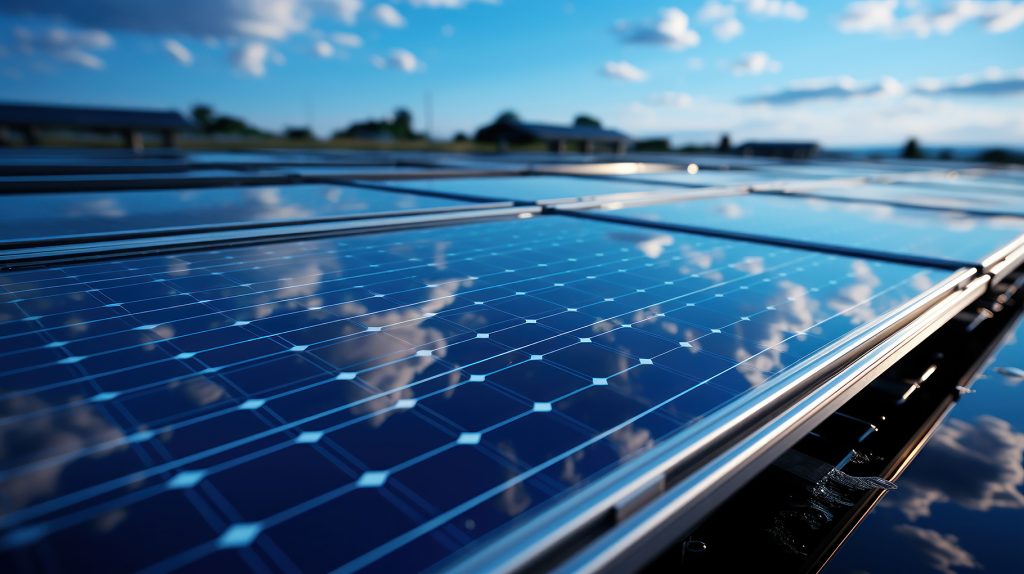
Future Technology Advanced Energy
The PhotonMax project aims to revolutionize the energy landscape by combining ultra-efficient solar panels with sustainable energy and agriculture practices. The concept involves creating solar installations that serve a dual purpose: generating clean energy and promoting agricultural productivity. This integration seeks to maximize land usage, promote sustainable development, and address energy and food security challenges simultaneously.
Key Components
Ultra-Efficient Solar Panels
- Utilize cutting-edge solar panel technology with high conversion efficiency, such as tandem solar cells or advanced materials like perovskite-silicon hybrids.
- Implement tracking systems and optimized tilt angles to enhance energy capture throughout the day.
Agricultural Integration
- Design solar panel installations with elevated structures to allow sunlight penetration for crops beneath.
- Optimize the distance between panels to create an ideal microclimate for certain crops, protecting them from harsh weather conditions.
Smart Irrigation and Resource Management
- Integrate IoT sensors and smart irrigation systems to monitor soil moisture, nutrient levels, and crop health.
- Implement AI algorithms to optimize irrigation schedules and resource allocation based on real-time data.
Energy Storage Solutions
- Incorporate advanced energy storage systems, such as high-capacity batteries or molten salt storage, to store excess energy generated during peak sunlight hours.
- Provide a reliable and continuous power supply for both on-site agricultural operations and off-site consumption.
Community Engagement
- Establish community programs to involve local farmers and communities in the project, promoting sustainable farming practices and offering economic benefits.
- Develop educational initiatives to train local communities in maintaining both the solar infrastructure and sustainable agricultural practices.
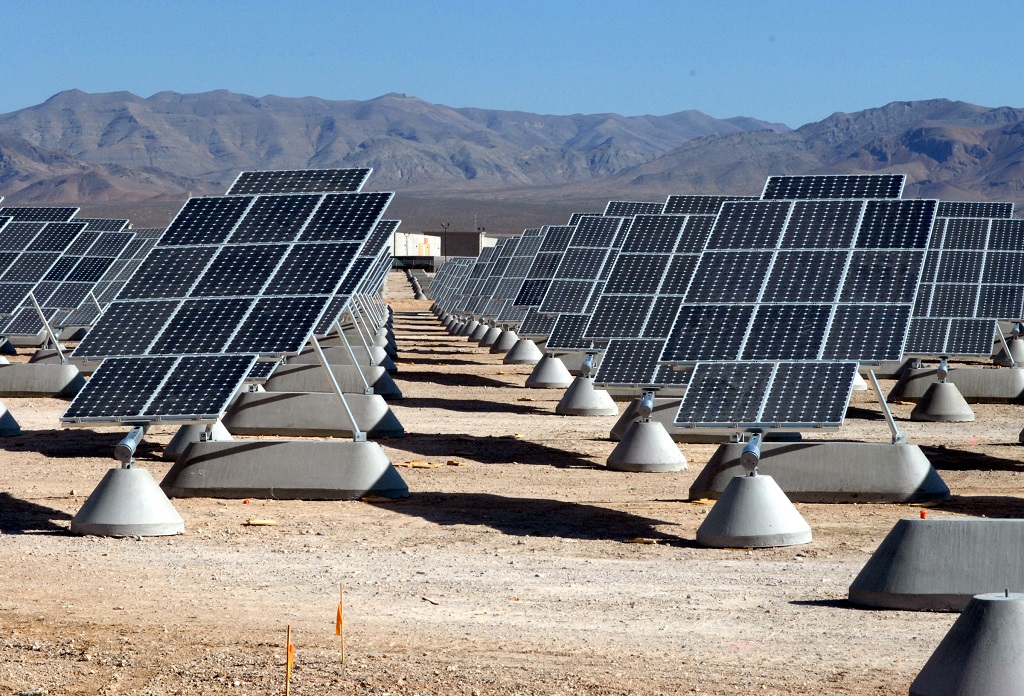
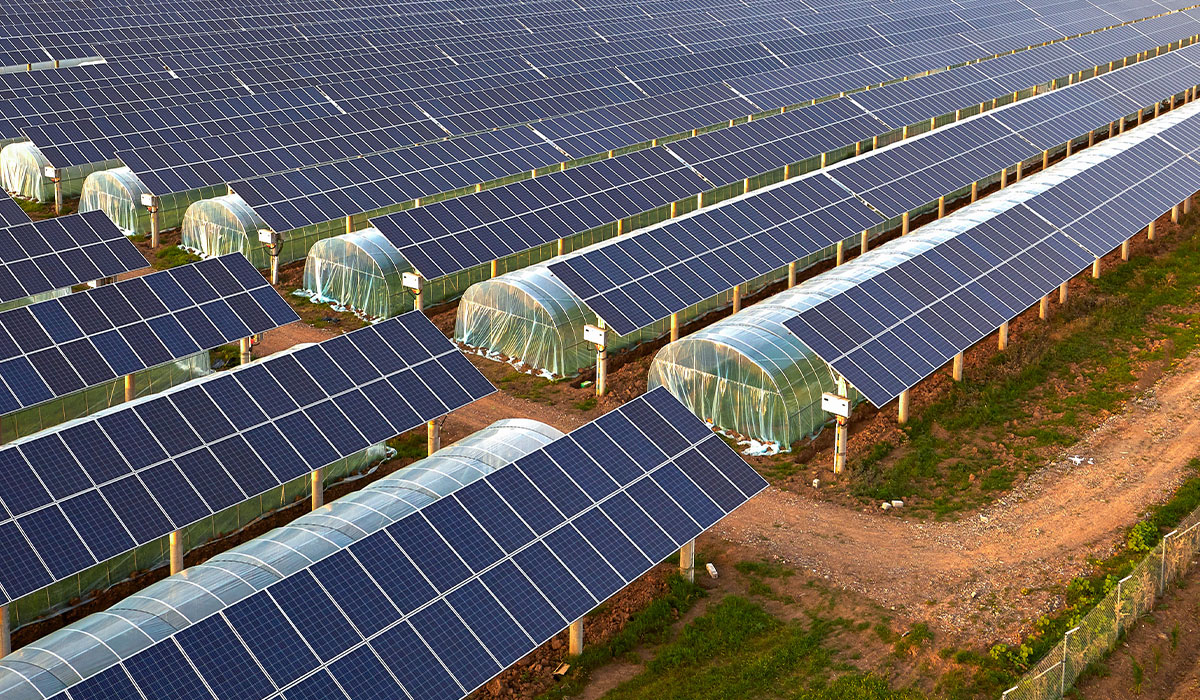

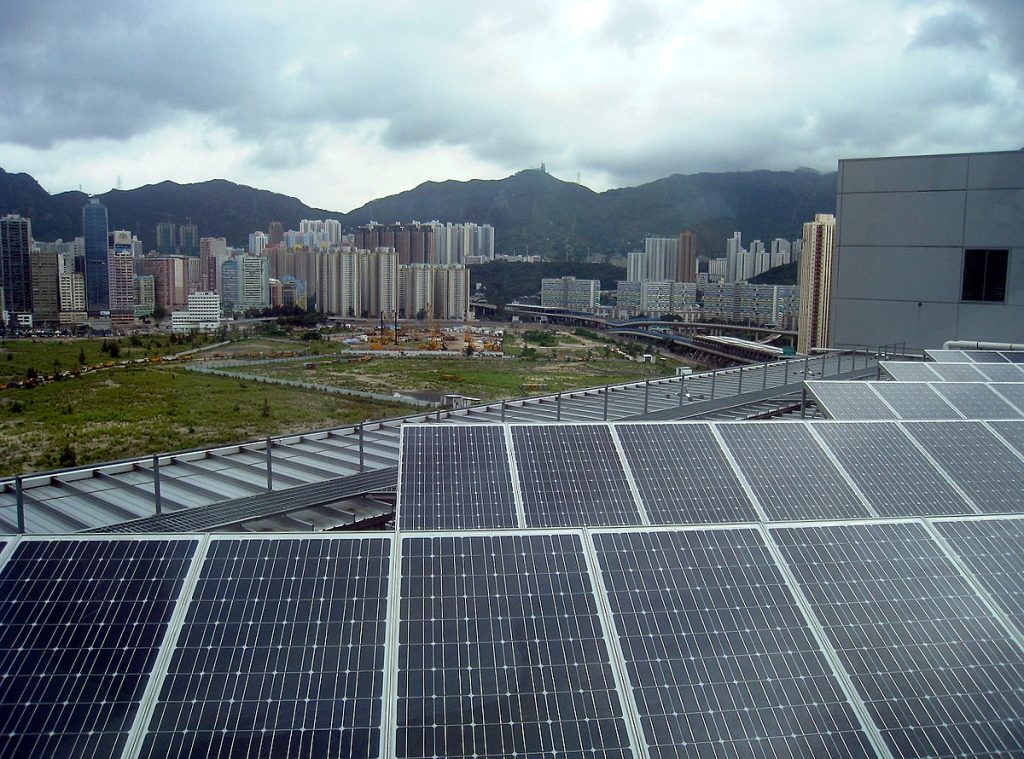
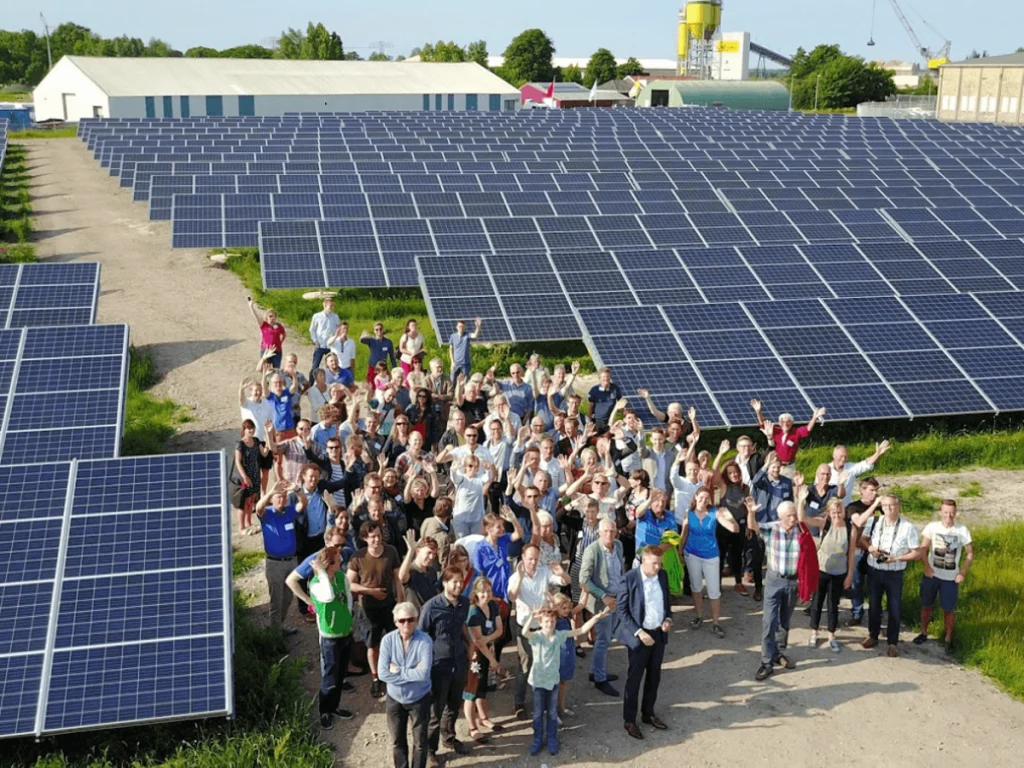
Benefits
Renewable Energy Generation
- To generate a significant amount of clean energy, contributing to the reduction of carbon emissions and reliance on conventional energy sources.
Land Use Efficiency
- To maximize land usage by combining solar power generation with agricultural activities, addressing the challenge of competing land needs for food and energy
Diversified Income Streams
- To provide additional income opportunities for farmers through the leasing of land for solar installations and participation in sustainable agriculture programs.
Climate Resilience
- To enhance climate resilience by protecting crops from extreme weather conditions, thereby ensuring stable food production.
Community Development
- To stimulate economic growth in local communities through job creation, education, and the promotion of sustainable practices.
Funding and Partnerships
Public-Private Collaboration: we seek collaboration with governmental bodies, private investors, and research institutions to fund the initial setup and research efforts.
Grants and Subsidies: we explore available grants and subsidies for renewable energy and sustainable agriculture projects to support the implementation phase.
Strategic Partnerships: we form strategic partnerships with agricultural organizations, technology providers, and energy companies to leverage expertise and resources.

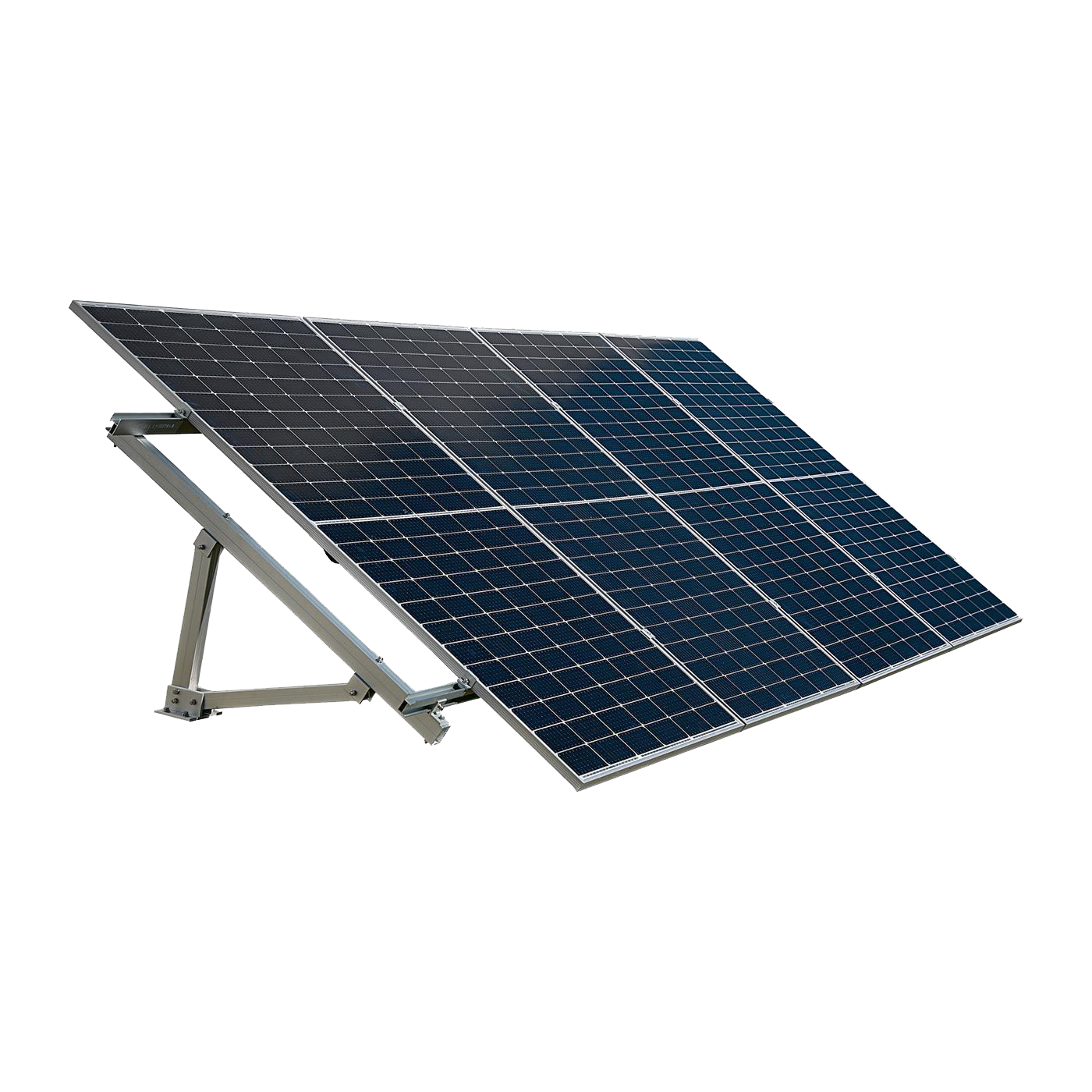
Future Expansion
Replication in Different Climates
We explore the future with groundbreaking solar panel technology. We’re not just generating energy; we’re shaping a sustainable tomorrow.
Technological Advancemrnts
We continuously integrate emerging technologies in solar panels, agriculture, and energy storage to enhance efficiency and sustainability
Global Impact
We share the knowledge gained from the Solar Oasis project globally, contributing to the development of sustainable and integrated solutions for food and energy challenges
The PhotonMax project represents a pioneering approach to address the dual challenges of energy transition and sustainable agriculture, offering a scalable and replicable model for a cleaner, greener, and more resilient future.
